RARE! JUNE 1951 Korean War U.S. Aircraft Carrier-Based Pilots Ocean Navigation and Survival Map*


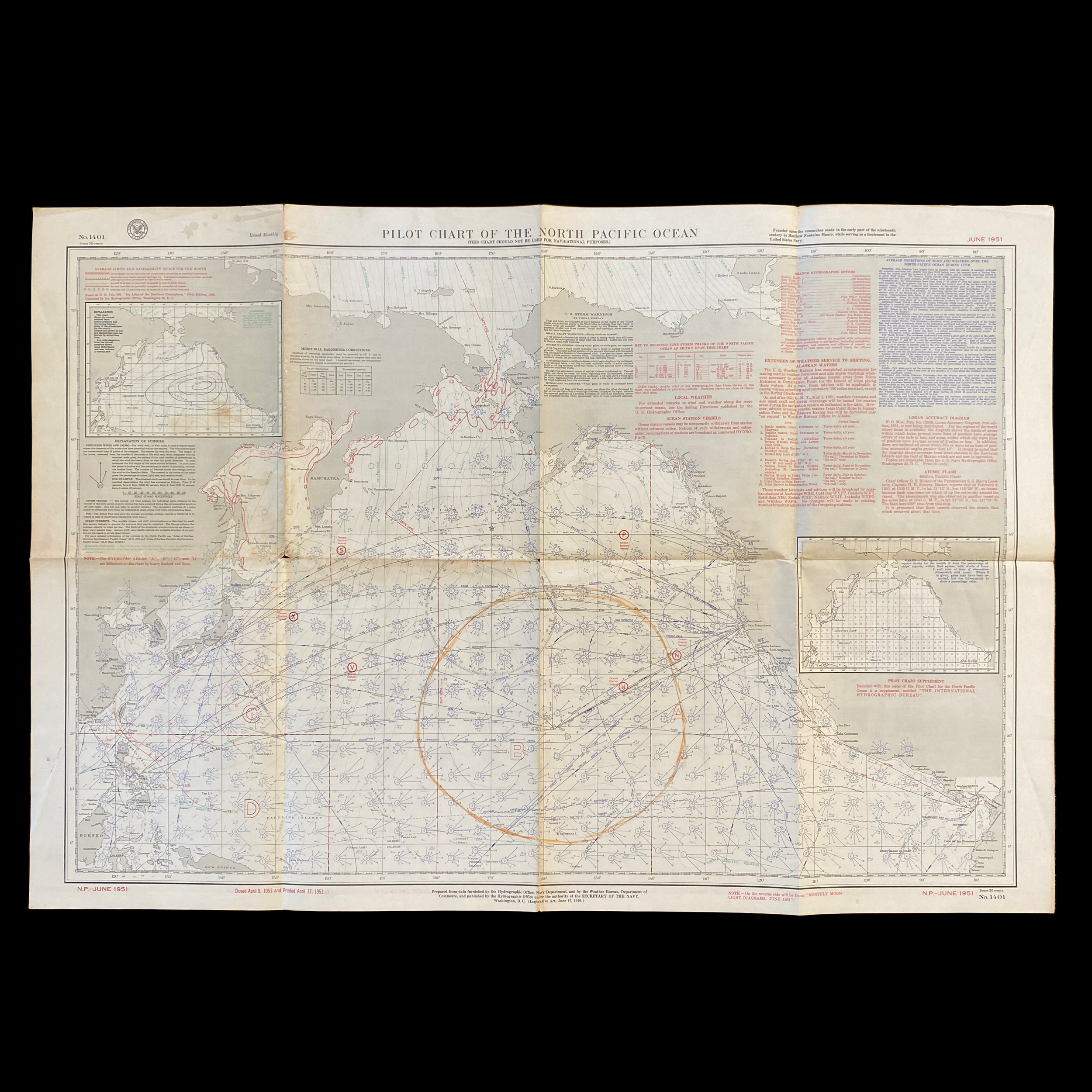

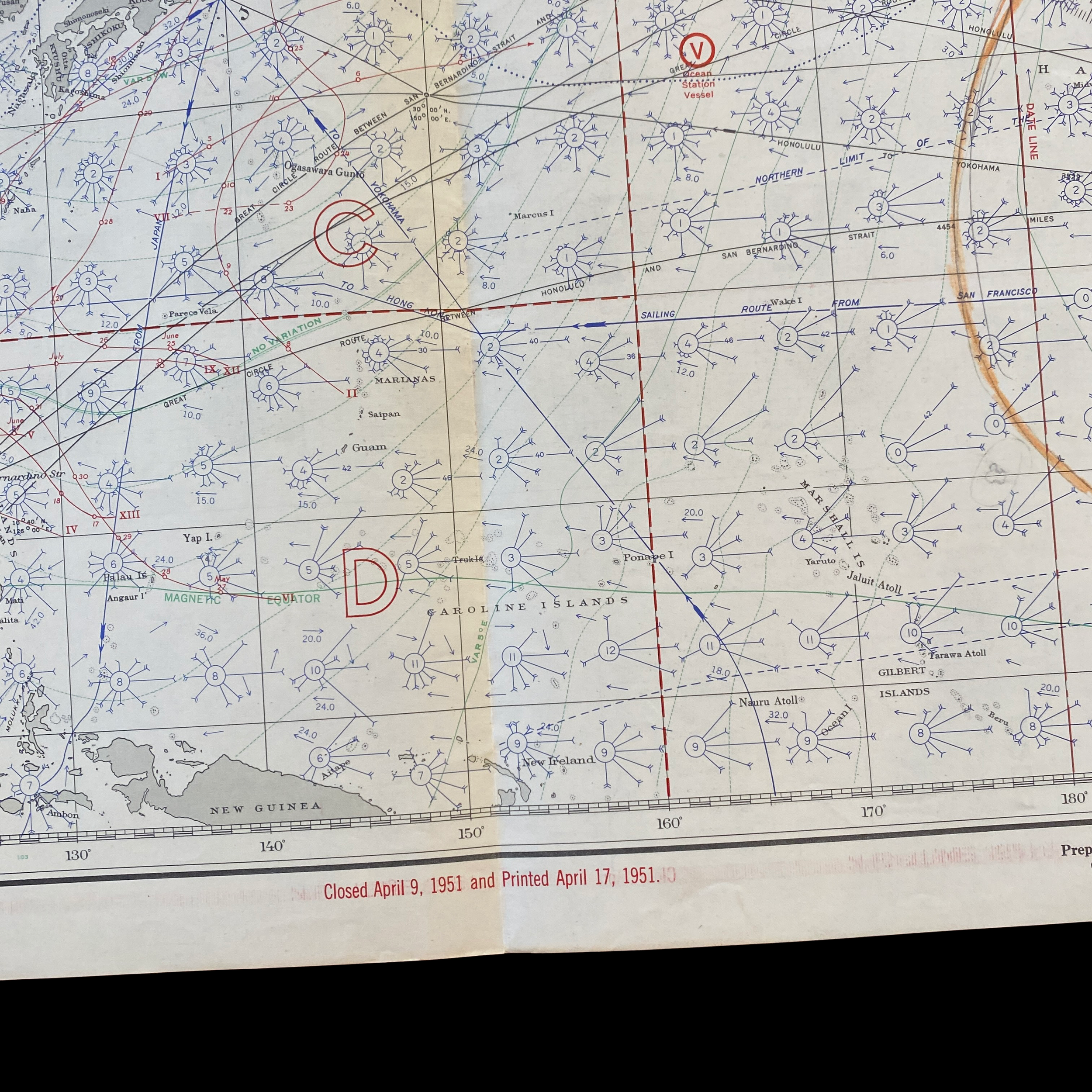

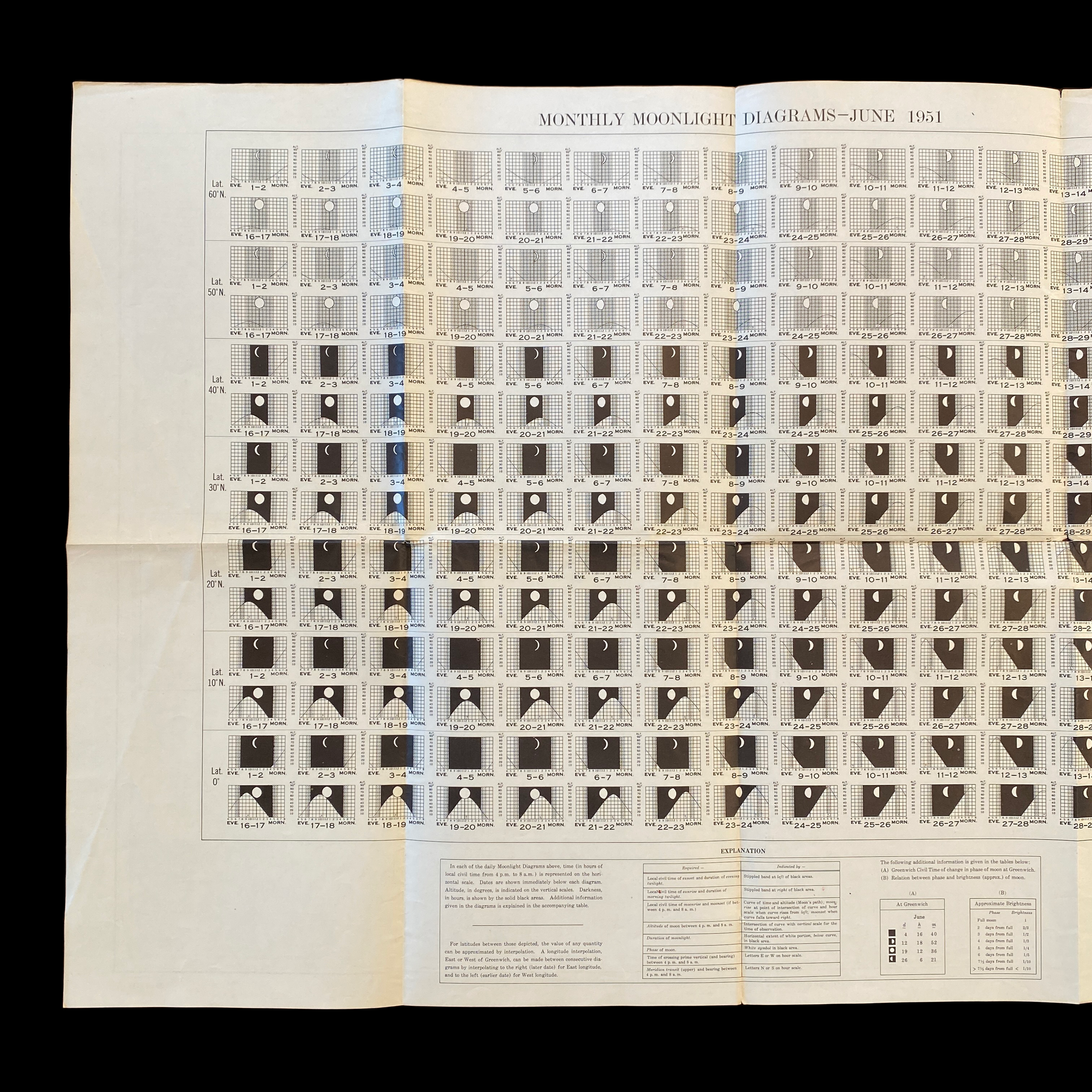

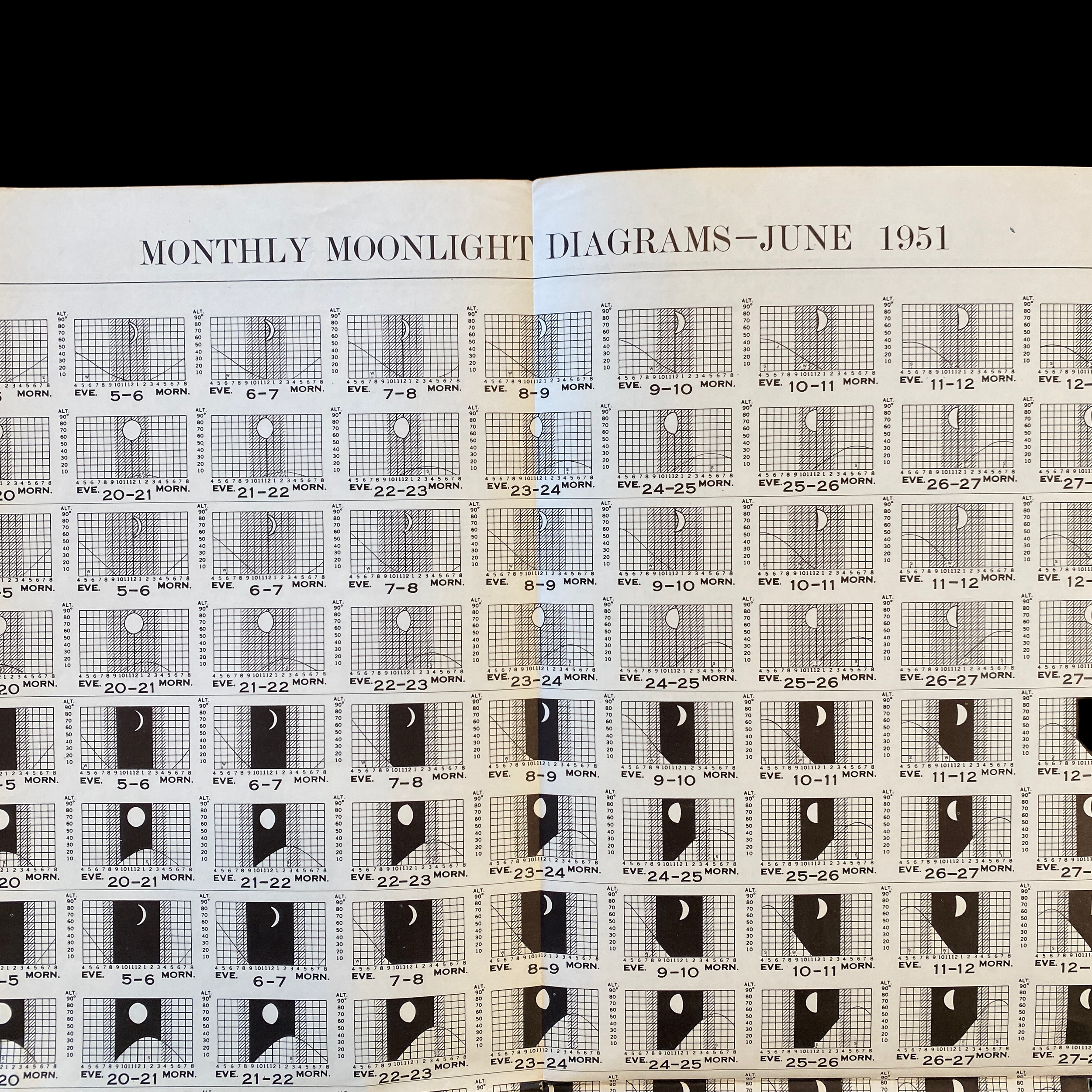
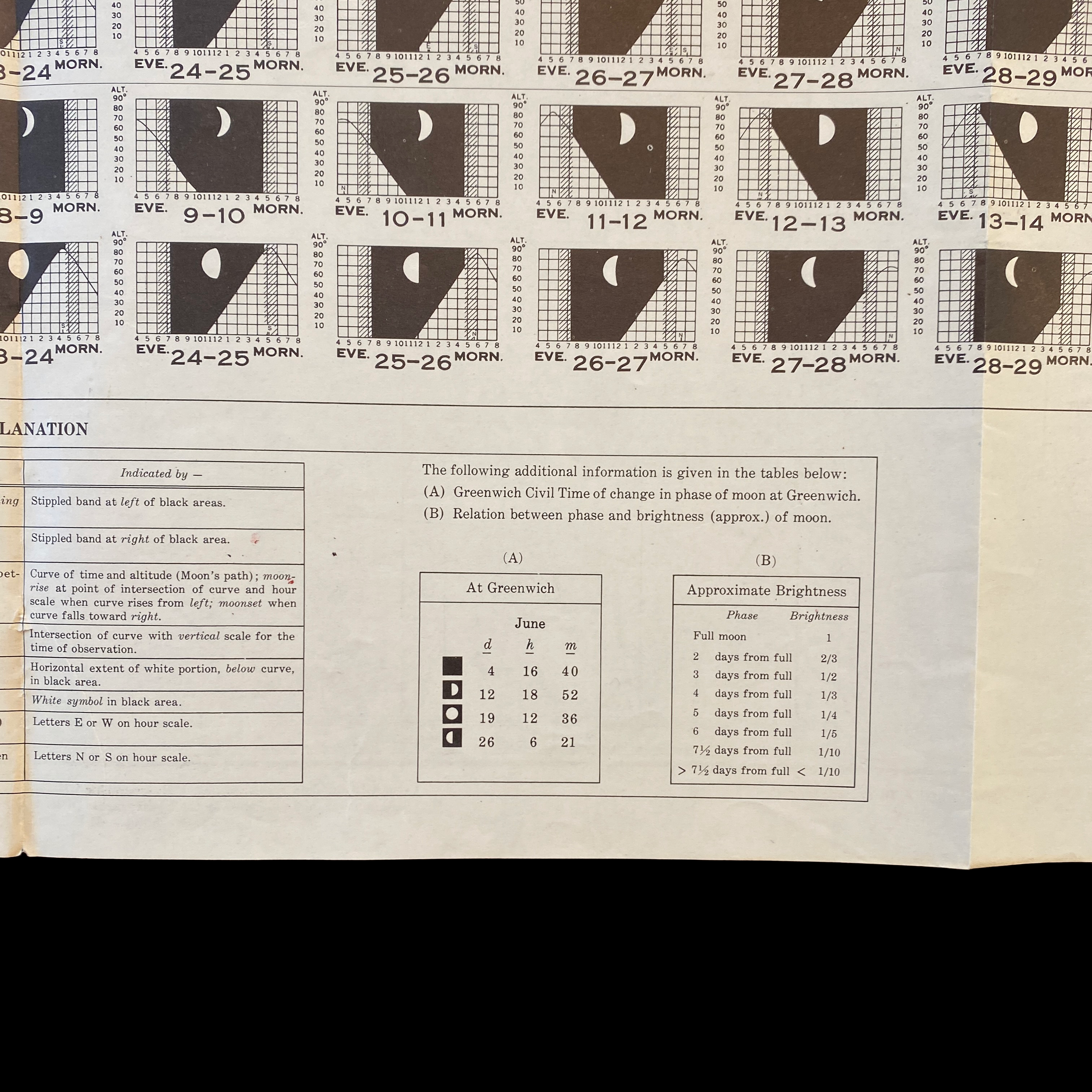
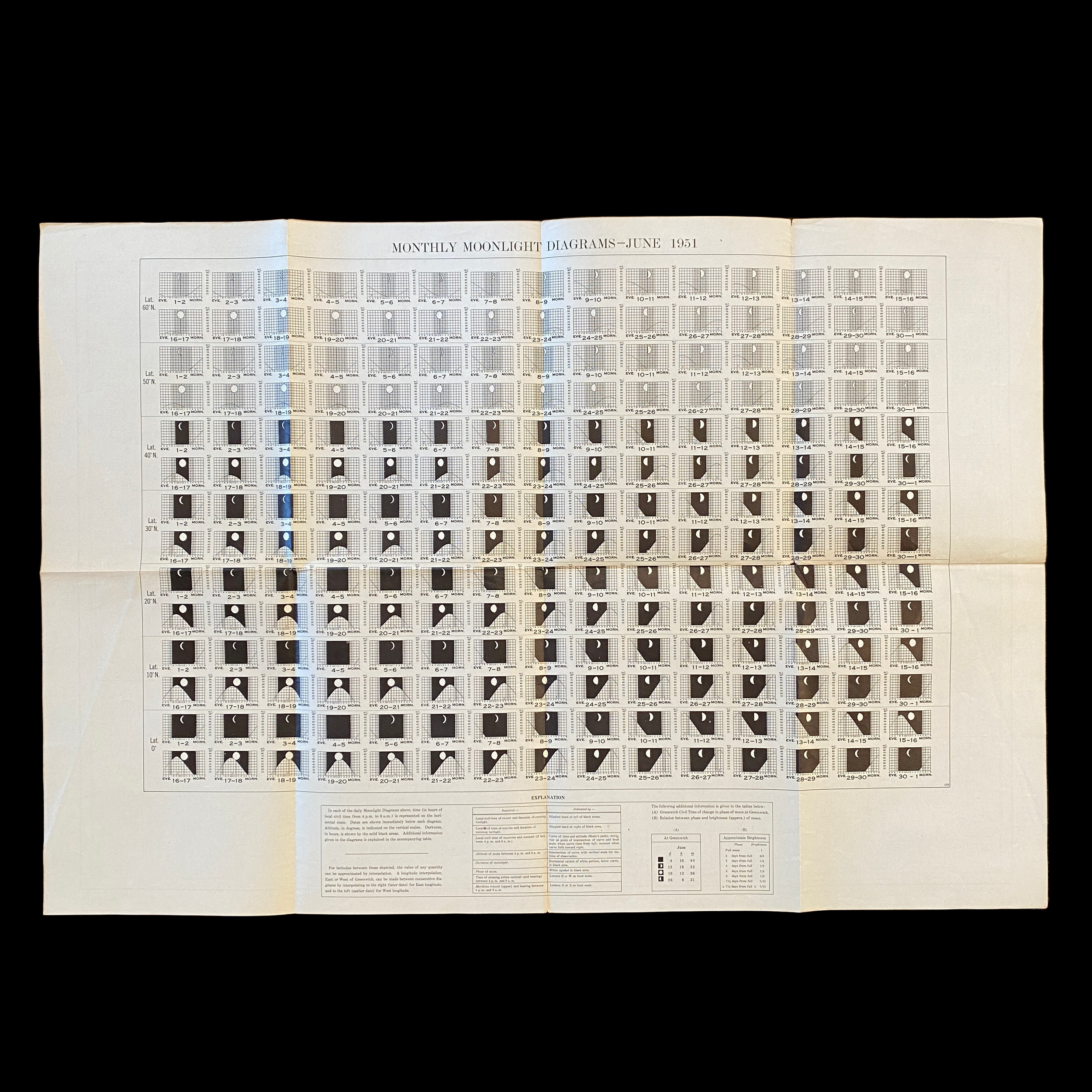

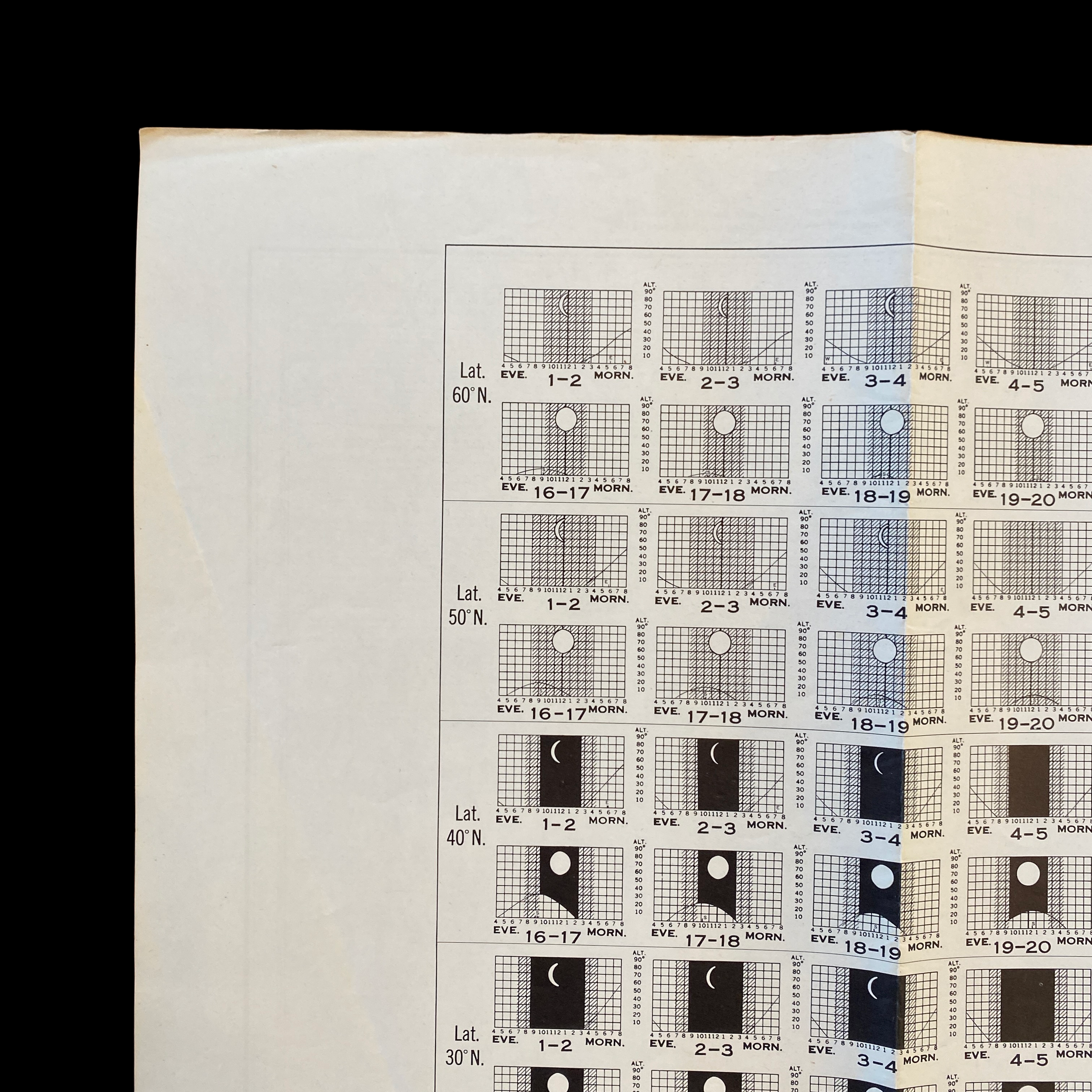
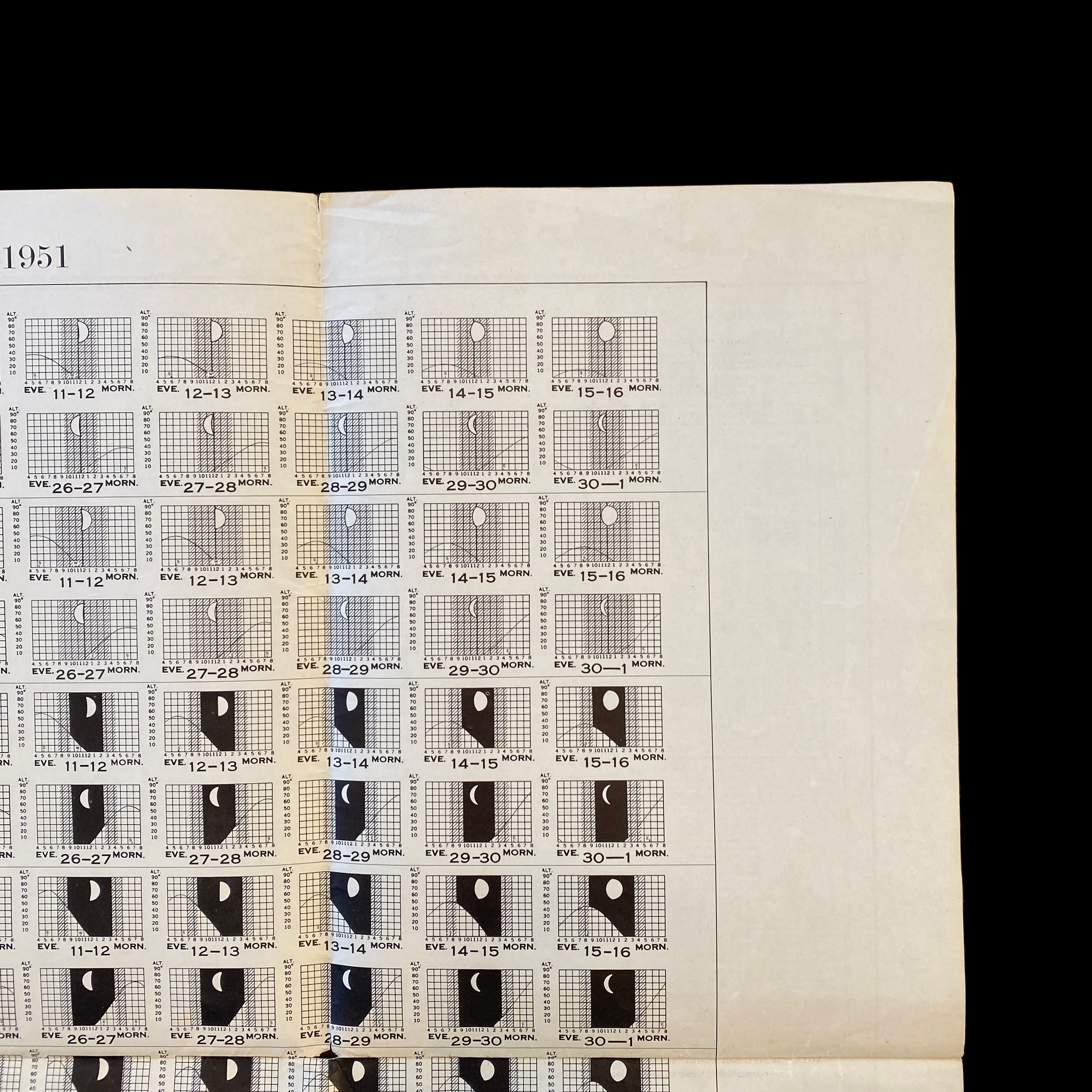
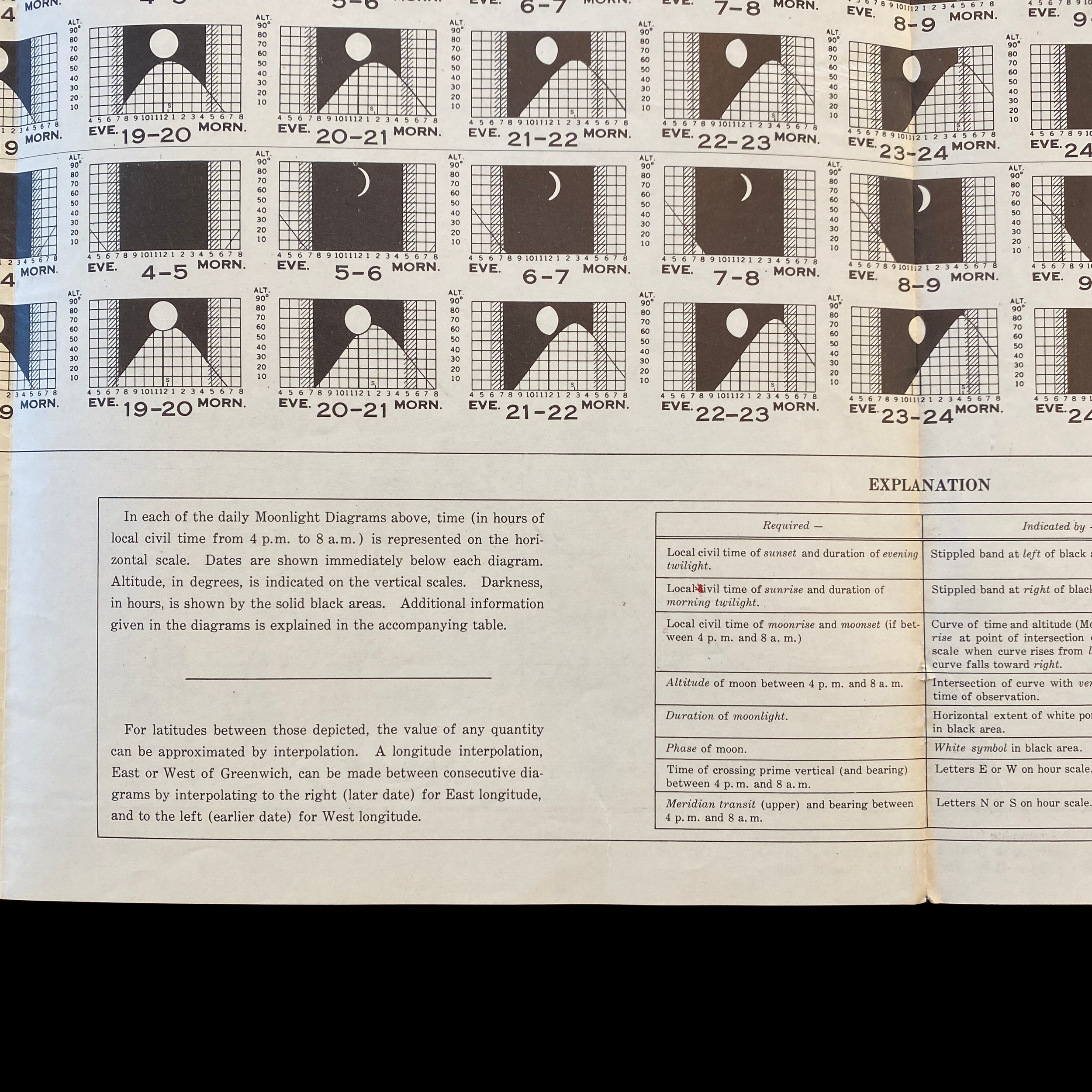
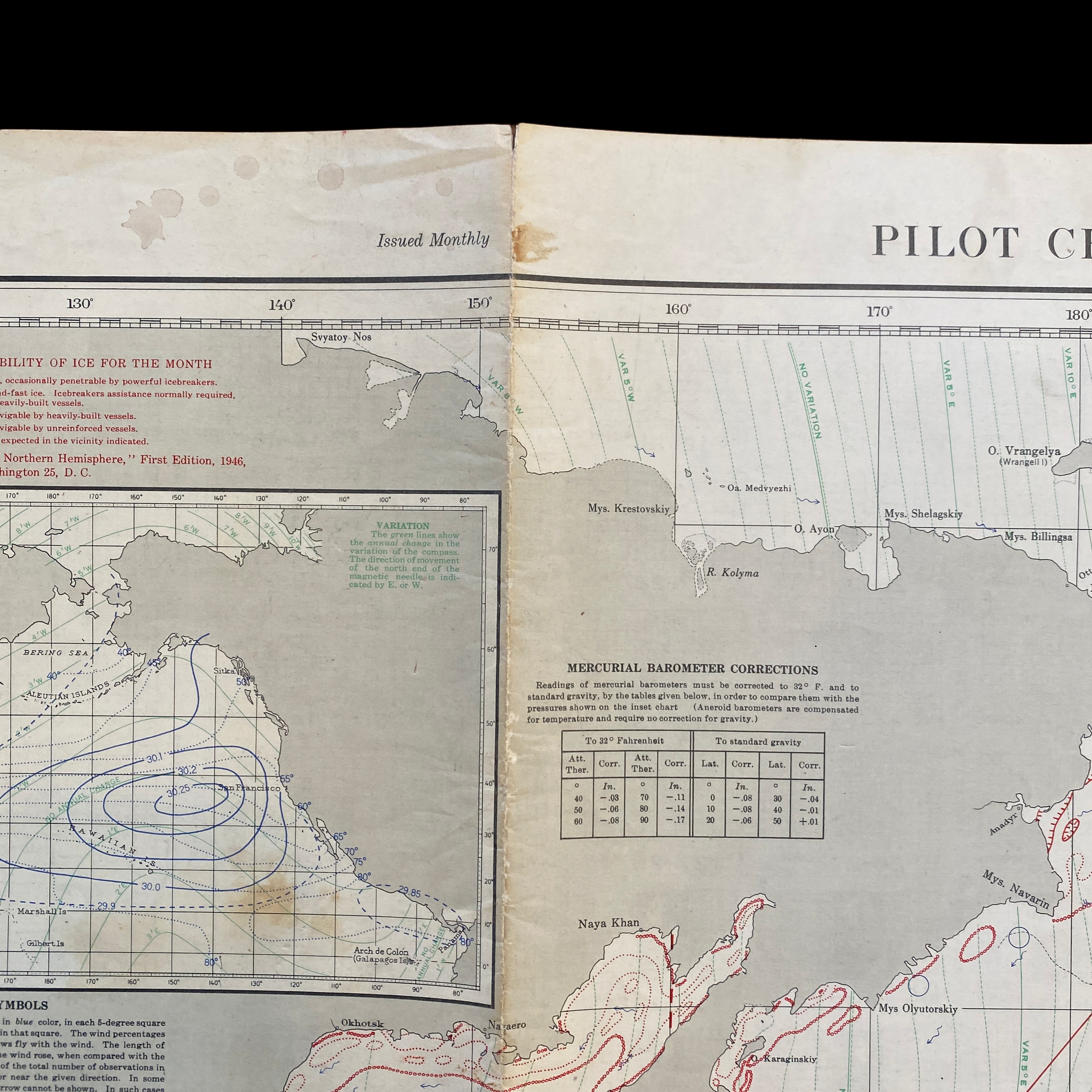
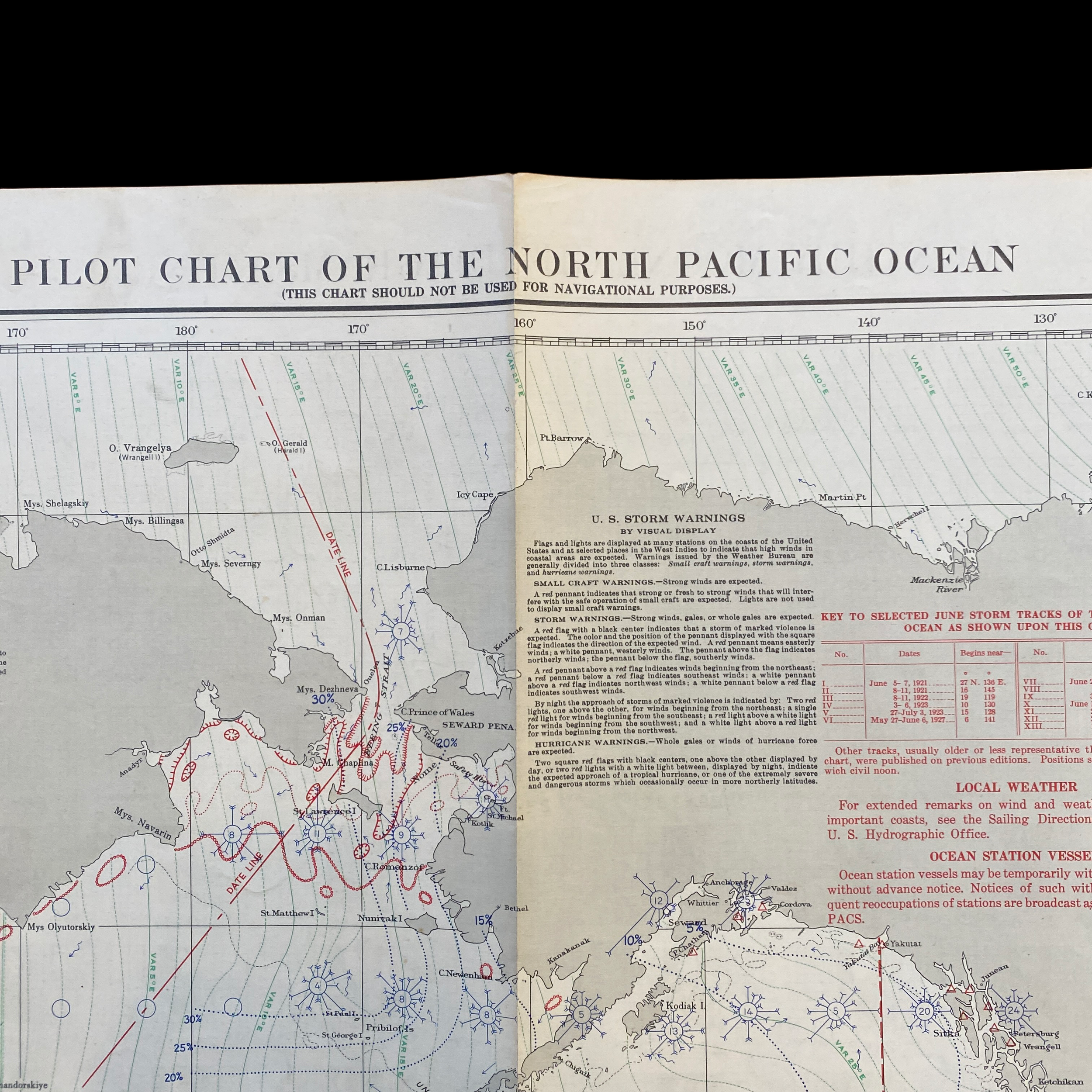
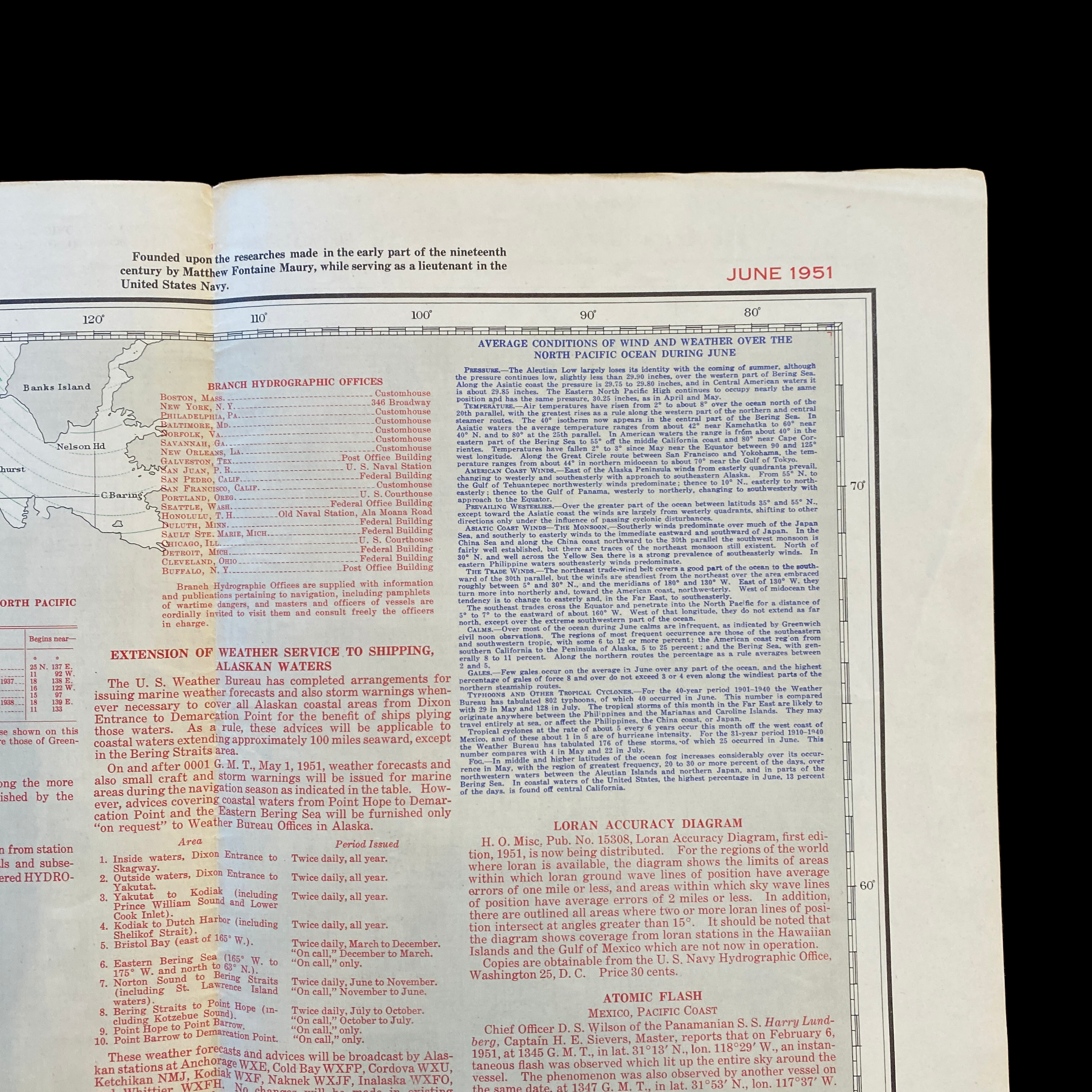
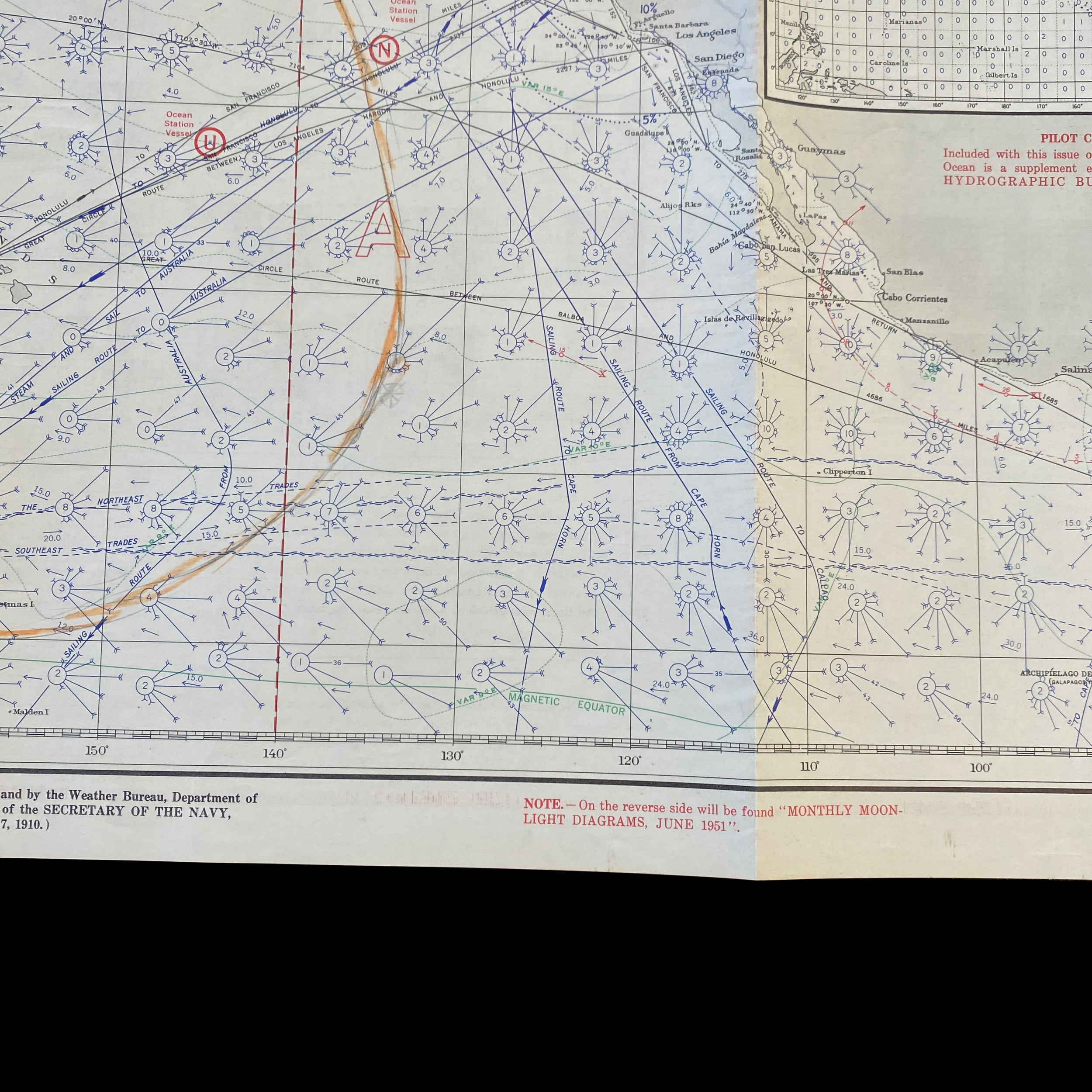
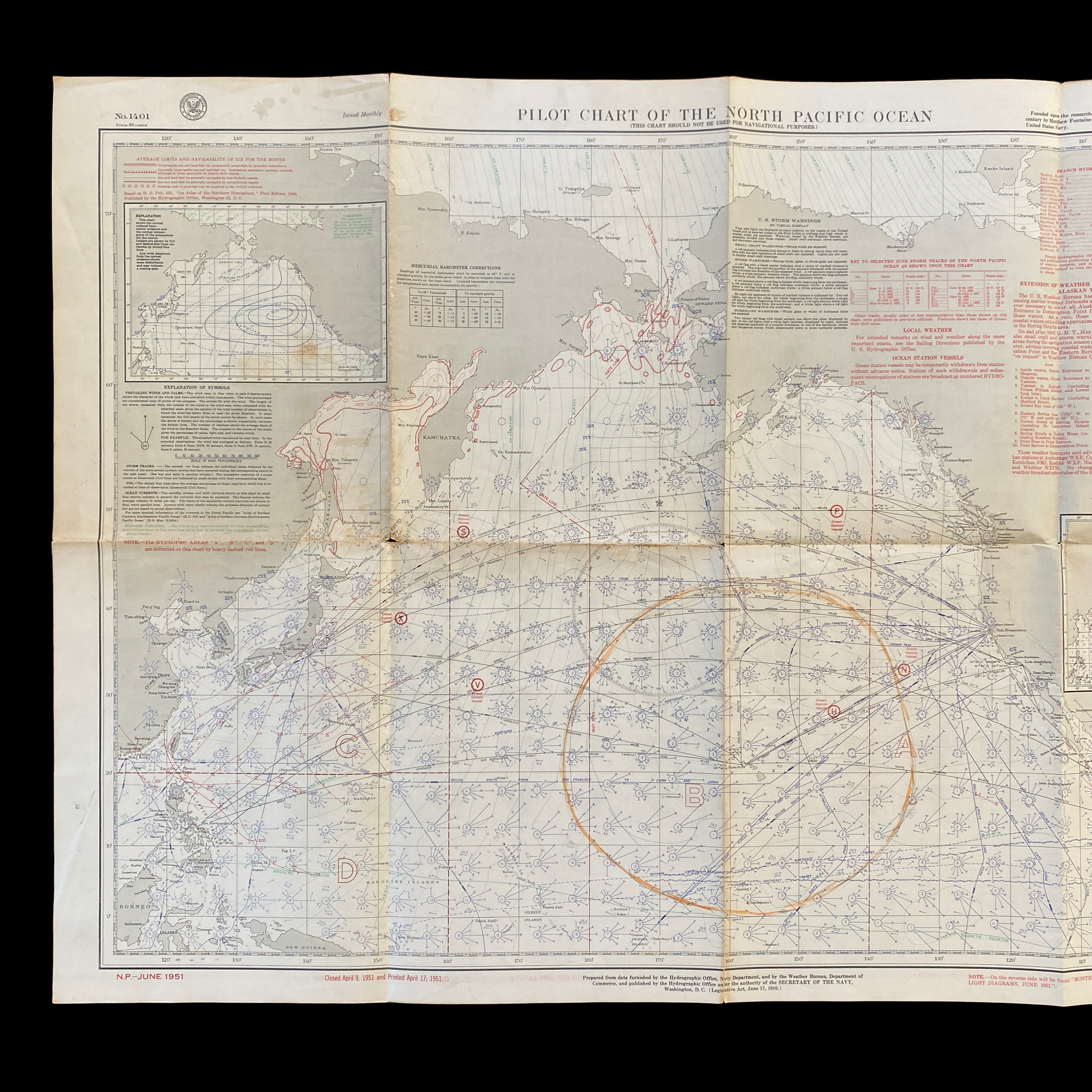
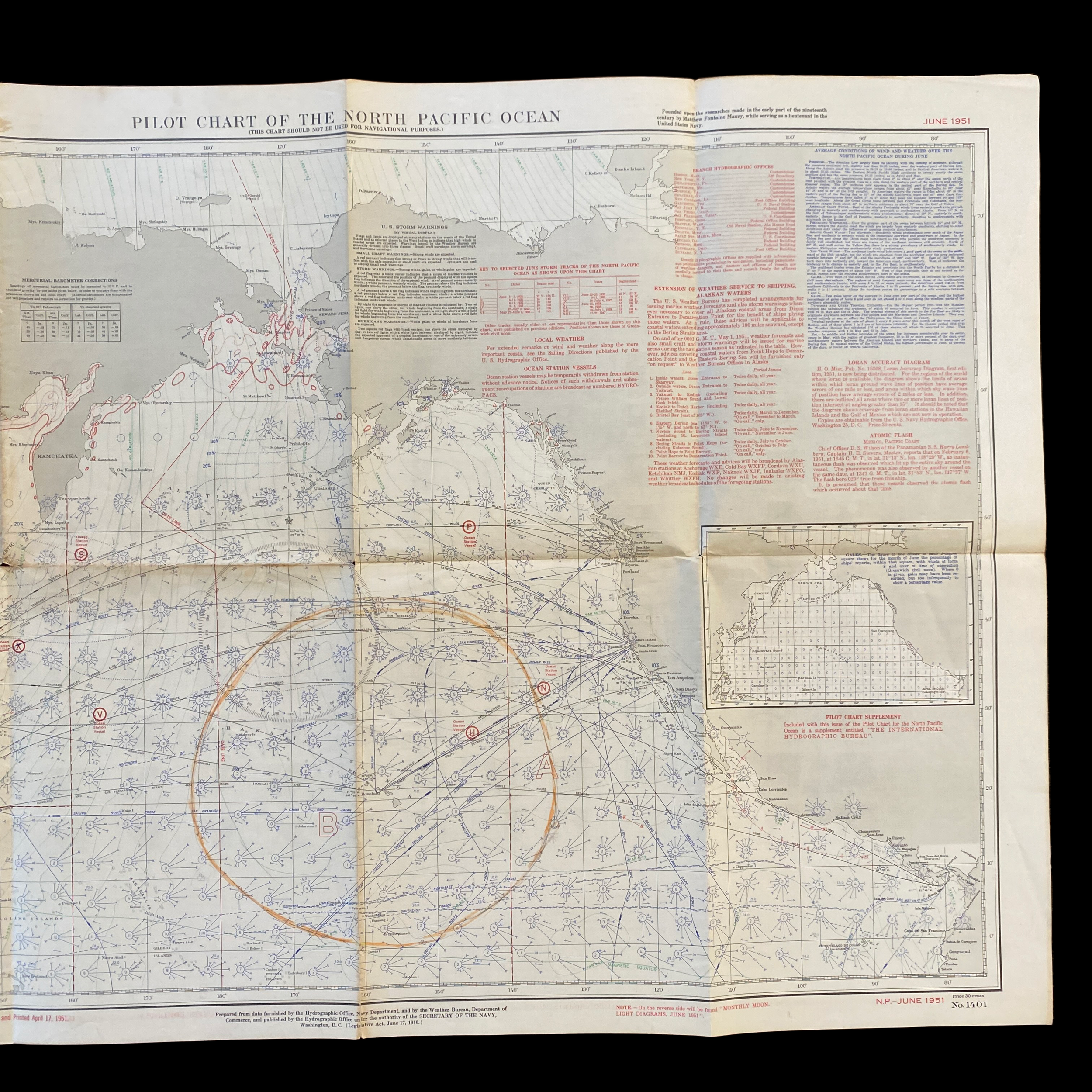



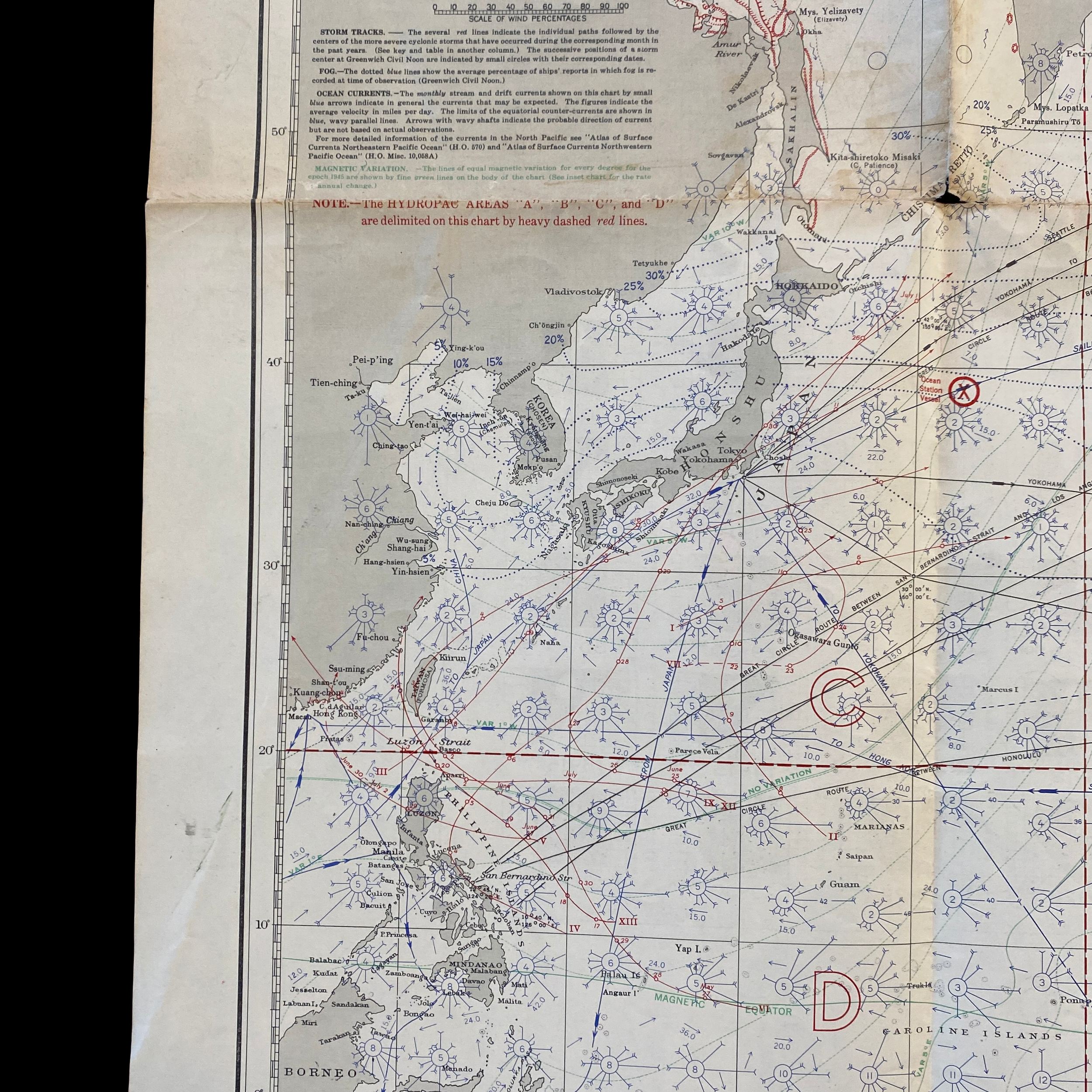
















RARE! JUNE 1951 Korean War U.S. Aircraft Carrier-Based Pilots Ocean Navigation and Survival Map*
Comes with a hand-signed C.O.A. and a full historical write-up.
This incredible and museum-grade artifact is a heavily detailed 1951 dated Korean War U.S. Navy ocean tides and currents map used by U.S. aircraft carrier-based pilots operating in the Korean War combat regions. The aircraft carriers USS Valley Forge and USS Philippine Sea were used to launch aircraft for reconnaissance and bombing missions. This allowed the Navy to have a greater presence in the theater and to carry out missions further inland. The use of aircraft carriers also allowed for greater flexibility in mission planning and execution, as aircraft could be launched and recovered at sea.
The Korean War, which lasted from 1950 to 1953, was a significant conflict for the United States Navy and its pilots. The Navy's role in the war was primarily to provide air support for ground troops and to conduct reconnaissance missions. This very rare ocean and tides map is extremely detailed and would have used for general navigation and as an escape and survival map if shot down.
At the beginning of the war, the Navy's primary aircraft for these missions were the F4U Corsair and the AD Skyraider. The F4U Corsair was a powerful fighter aircraft that was used for air-to-air combat and ground attack. It was known for its ruggedness and ability to withstand heavy damage. The AD Skyraider, on the other hand, was a slower but heavily armed aircraft that was used for close air support and reconnaissance.
In addition to these aircraft, the Navy also utilized the F9F Panther jet fighter. The Panther was a newer aircraft that had not seen much action in the previous World War II, but proved to be a valuable asset in Korea. It was fast, agile, and could carry a large payload of bombs and missiles.
The Navy pilots who flew these aircraft during the Korean War were highly skilled and experienced. Many of them had served in World War II and had extensive training and knowledge of air combat tactics. They were able to successfully carry out a wide range of missions, including air-to-air combat, ground attack, and reconnaissance.
One of the most notable achievements of the Navy pilots during the Korean War was the destruction of the Hwacheon Dam. This dam, located in North Korea, was used to generate hydroelectric power and was also a key location for enemy troops. The Navy pilots, using the AD Skyraider, were able to successfully bomb the dam and cause it to collapse, thereby disrupting the enemy's power supply and troop movements.
Another notable achievement was the Navy's role in the famous "MiG Alley." This area, located in northwest North Korea, was a hotbed of air-to-air combat as the Navy pilots engaged in dogfights with the North Korean MiG-15 fighters. The Navy pilots were able to shoot down numerous MiGs and effectively establish air superiority over the area.
Overall, the United States Navy and its pilots played a vital role in the Korean War. Their aircraft and tactics were well-suited for the demands of the conflict, and their skill and bravery allowed them to achieve many successes, including the destruction of the Hwacheon Dam and the establishment of air superiority in "MiG Alley."
The Navy also played a crucial role in providing air cover for United Nations ships involved in the amphibious landing at Inchon in September 1950, which was a turning point in the war. The Navy aircraft were able to successfully attack enemy troops and artillery positions, allowing for the successful landing and advancement of UN troops.
It's worth noting that the Korean War was also the first conflict in which the US Navy employed the use of helicopters. The HRS-1 helicopter, also known as the "Dragonfly," was used for reconnaissance and air-sea rescue missions. This marked the beginning of the US Navy's use of helicopters for a wide range of missions, which continues to this day.
In conclusion, the United States Navy and its pilots played a vital role in the Korean War. Their aircraft and tactics were well-suited for the demands of the conflict and their skill and bravery allowed them to achieve many successes. The use of aircraft carrier-based aircraft and helicopters was also an important aspect of the Navy's role in the war, and marked the beginning of their use in future conflicts.